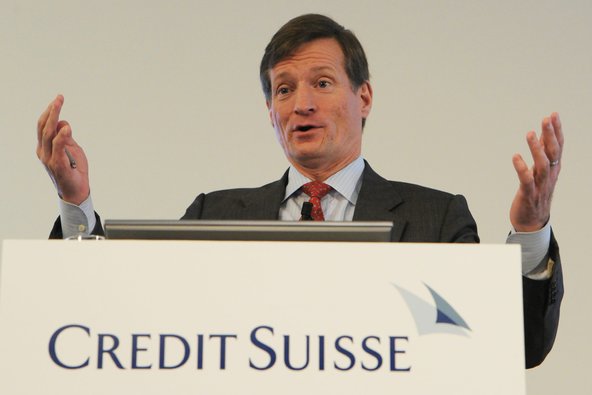Fannie said on Thursday that it would pay a dividend of $10.2 billion to the United States Treasury next month. It made no request for additional federal aid.
The company said the rise in home prices during the quarter enabled it to reduce reserves set aside for losses on mortgages, helping to bolster its net income.
The earnings for the period from April through June compared with the company’s net income of $5.1 billion in the second quarter of 2012.
The government rescued Fannie and its smaller sibling, Freddie Mac, during the financial crisis after both incurred major losses on risky mortgages. The companies received loans totaling about $187 billion.
Fannie said it expected to remain profitable “for the foreseeable future.”
Once the second-quarter dividend is paid, Fannie will have repaid $105 billion of the roughly $116 billion it received from taxpayers.
The latest quarterly gain followed a record $58.7 billion net income in the first quarter, when Fannie capitalized on tax benefits it had saved from its losses on loans during the crisis. It paid a first-quarter dividend of $59.4 billion to the Treasury.
The housing recovery that began last year has made Fannie and Freddie profitable again. Together they will have paid back about $146 billion of their government loans by next month. Those payments are helping make this year’s federal budget deficit the smallest since President Obama took office in 2009.

Article source: http://www.nytimes.com/2013/08/09/business/fannie-mae-reports-earnings-of-10-billion.html?partner=rss&emc=rss

